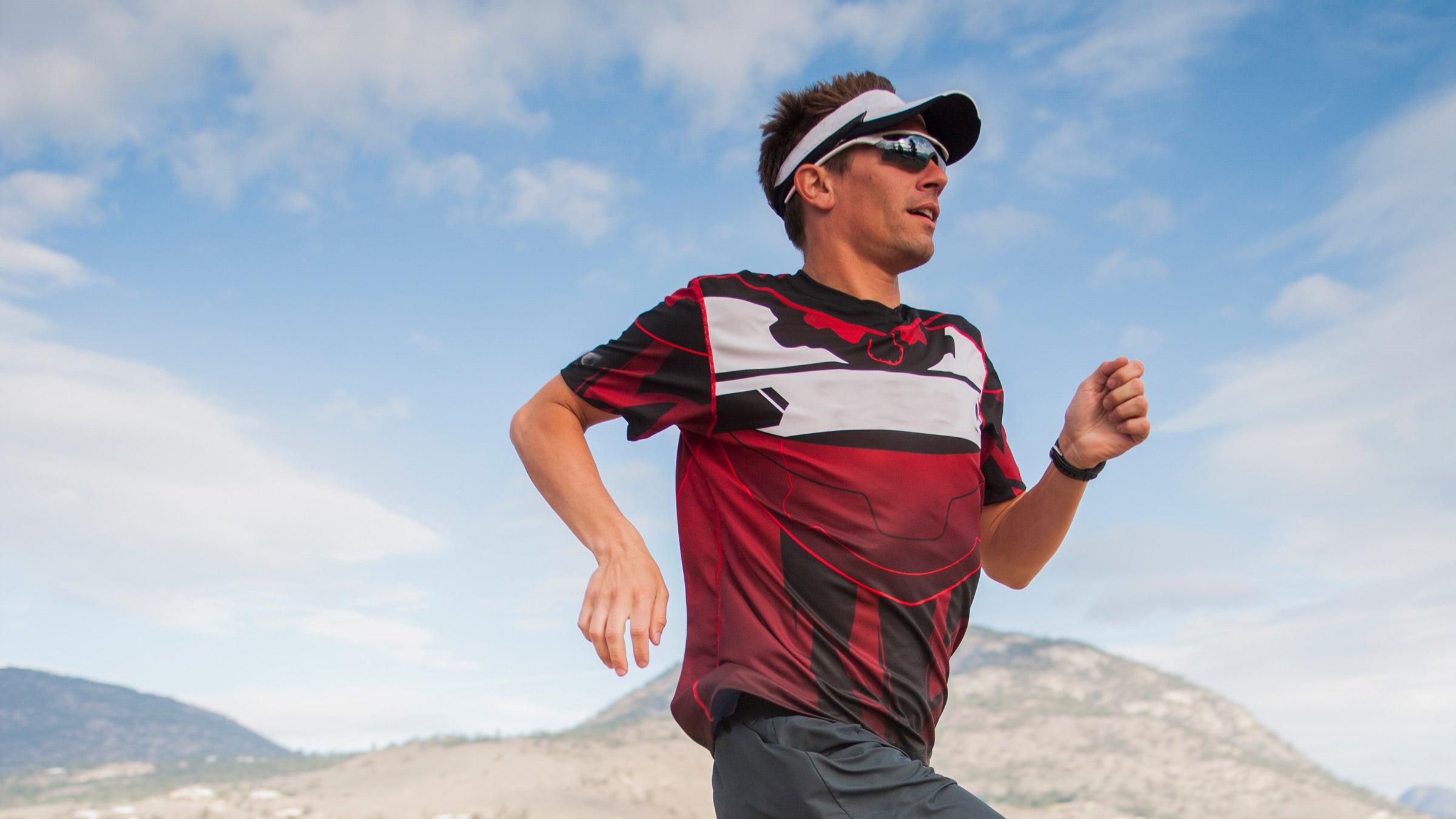4 Secrets to Brick Workout Success

One of the key parts of my training that really helped me raise my game was learning the art—and the importance—of the brick workout. Before 1989, I had never even incorporated this workout into my training. The closest I got was doing a long ride one day (four to six hours usually) and then the next day I’d do a long run. But guess what? That only ever prepared me to have a great ride and run if a race was going to be a two-day event, which doesn’t work so well for Kona. This really showed in my first six Ironman races: I could be strong through the end of the bike, but then my body had been trained to think that the end of the ride meant it was time for lunch and a nap—it was in no way ready to do a marathon.
Fast forward to 1989. The lightbulb went on and I realized to be prepared to run off the bike in a long race, I needed to do that in training—and do it a lot! The result was a marathon split in Kona that stood for 27 years (2:40.04). Here’s how I did it:
How to do a Brick Workout
1. Pick the right ride length
One key to a successful brick is understanding what it is designed to do. Specifically, a bike-run brick workout is training your body to be ready to run after a ride. And not after just any ride, but after a ride that’s similar in duration to the bike section of your key race. If that is a 70.3, then the ride should be approximately 56 miles. For a full Ironman, the length should be close to what you will ride in the race, but mostly it’s to make sure you are in the saddle for at least as long as the ride will take you. This ensures that an appropriate level of fatigue has set into your legs before heading out for the run. Doing a brick run after an hour’s ride will help you get used to transitioning between the two sports. However, the most effective way to be ready to do that in a race is to start the run with about the same amount of load already in your legs as you will experience in your race.
2. Pick the right run length
Many athletes think that a brick should include a medium to long run. This is not necessary. In fact, doing a long run after a long bike can put you at risk of overtraining very easily. A brick run is specifically training your body to transition from cycling to running, and getting all those different muscles well adapted to this. That transition (from using cycling muscles to running muscles) happens fairly quickly when you begin running (within 10-20 minutes at most). A brick run is not a session designed to build the endurance you will need for the run. That comes both from your long runs that you do on other days as well as any over-distance work you do on the bike.
A brick run is ideally going to be anywhere from about 20-60 minutes. Anything shorter than that is not quite enough time to teach your body that you are really running off the bike. Anything longer than that and the returns diminish, along with increasing the risk of overdoing it and dramatically increasing the recovery time needed.
3. Pick the right frequency
The frequency with which you do these key brick workouts is also important. If you are new to them you might want to alternate weeks, so one week you’d do a brick run after your long bike, then the next week you’d just do the ride. If you have more experience you will likely be able to manage doing brick runs two weeks in a row after your longer rides and then give it a break on the third week.
Of course, you can do brick runs after shorter sessions just about any time. This will help build some of the experience your body needs to manage this important transition, but again it’s not going to be as potent as doing them after longer rides.
4. Pick a race
Granted, this isn’t too easy right now—unless you’re racing virtually. But one of the best ways to gather the fitness and experience needed to run well off the bike is to actually race. If you are targeting a 70.3 event, doing a couple of Olympic distance races leading up to it will dramatically improve your run ability in your key race. You could even do a lower priority 70.3 before it in preparation. These suggestions also apply to anyone targeting a full Ironman. Racing in addition to doing brick workouts will ensure a great run in your longer triathlons.
Mark Allen is a six-time Ironman world champion and former Olympic distance world champion who now coaches scores of triathletes at MarkAllenCoaching.com.